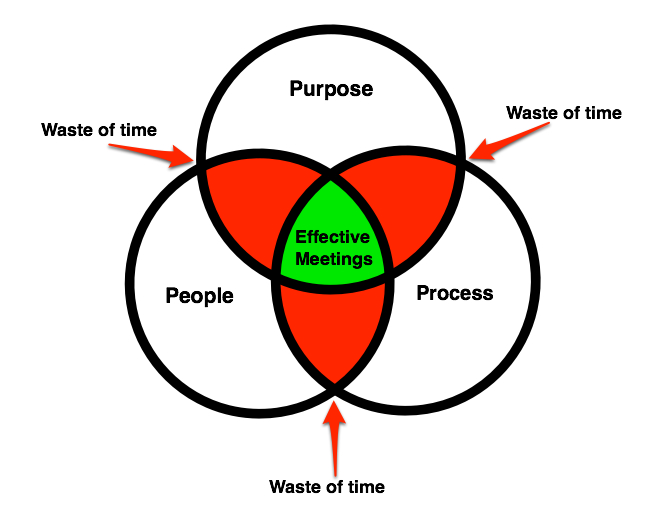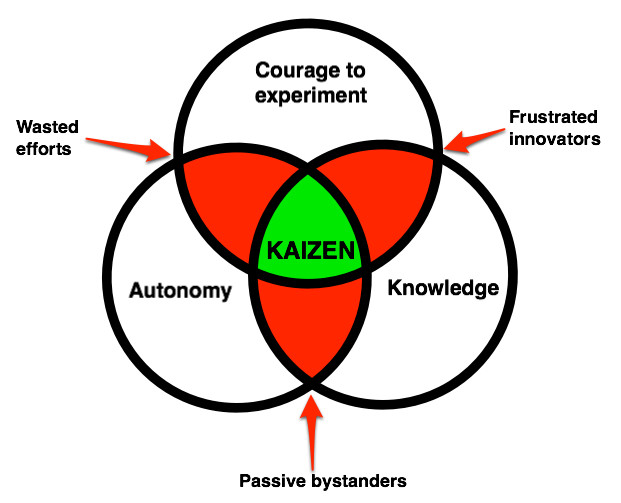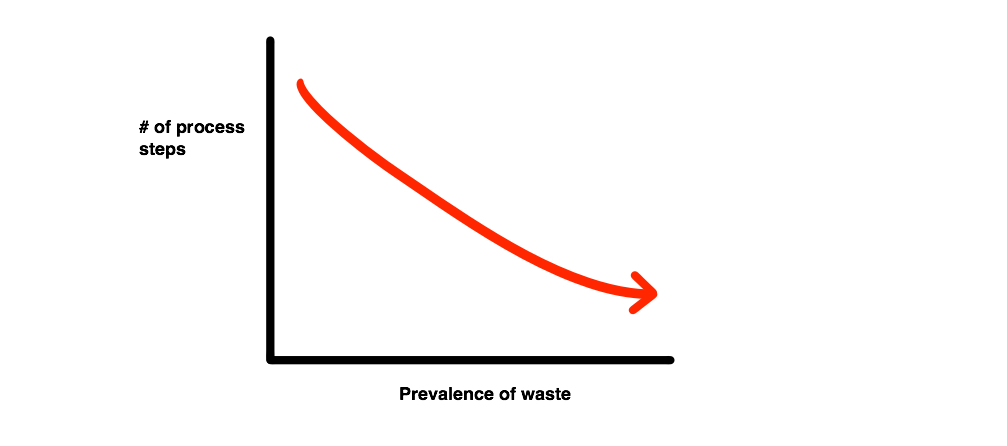One of the most unappreciated benefits of leader standard work is the powerful way in which it reverses the “vector of accountability.”
When we talk about accountability in an organization, typically we refer to the way in which lower level staff is accountable to executives (or managers, or supervisors) for certain actions. Workers must be held accountable if we want to execute and perform well. In this view, the vector of accountability always points upwards, from the front lines to leadership.
This is where leader standard work comes in. When a CEO makes a commitment to visit the shop floor (or the marketing department, or the warehouse) each day and learn what her people are doing and what obstacles they face, she’s now accountable to her team for performance. When a VP creates standard work obligating him to participate in 5S activities once per month, he’s making a promise to his team that he must fulfill or risk compromising his leadership credentials. The vector of accountability flips: the leader is now accountable to the team.
The psychological implications of this reversal are profound. Any organization comprises a web of human relationships, and for those relationships to be healthy and successful, there must be some degree of symmetry. Demanding that lower level staff be accountable to leaders without a corresponding accountability of leaders to lower level staff is a recipe for unhealthy, weak relationships. Reversing the vector of accountability brings balance to the interpersonal relationships in an organization. It’s a concrete way of leading with humility, of being a servant leader.
To implement this idea, post your standard work in the open, visible to the entire company. Create a simple check sheet for the activities that shows what you’ll do and when, and bring it with you when you do that standard work. Then—and this is key—your team checks the boxes to show that you did, in fact, fulfill your commitment. They validate your standard work. Lastly, post the filled in check sheet where everyone can see it.
Try it. It’s one more way to show respect for people. You’ll be amazed at the transformation in your relationships with your team.













